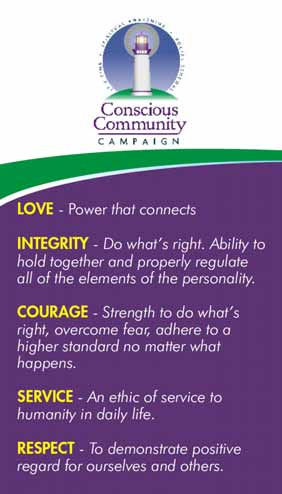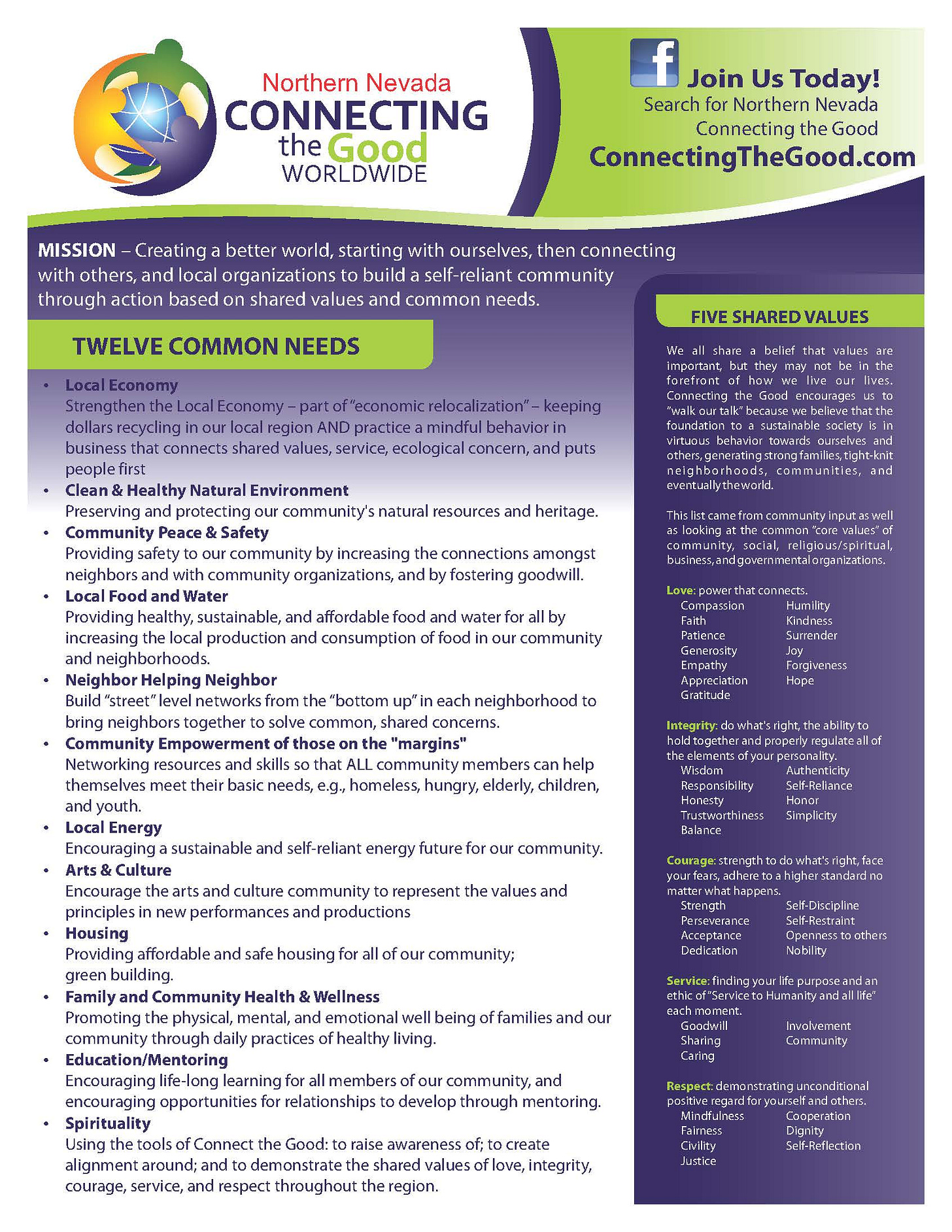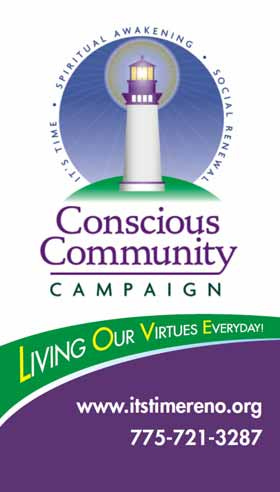Seeking the “Holy Grail” - of Community Building Chapter 10 Part 1
Activating Symbiotic Culture
Welcome to the Birthing the Symbiotic Age Book!
NEW here? — please visit the TABLE OF CONTENTS FIRST and catch up!
You are in Chapter 10, Part 1, Seeking the “Holy Grail” - of Community Building … Introduction… Recovering our Connection to the Transcendent
Chapter 10 posts:
The Greatest Obstacle to a New Way of Living — The De-Platforming of God
Breakthrough to a New Creation … New Wine in New WineSkin Networks
Are you trying to figure out where this is All Going? Read an overview of the Symbiotic Culture Strategy, which embodies the Transcendent through the nodes of intersection within local, grassroots-empowered community networks.
Voice-overs are now at the top of my posts for anyone who doesn’t have the time to sit and read! Also, find this chapter post and all previous posts as podcast episodes on
Spotify and Apple!
Previously, at the end of Chapter 9, Part 2
In perhaps the most commercial and “materialist” society in the world, we managed to empower a self-organizing, “non-institution” that brought some of our key principles to life — the Golden Rule … love thy neighbor … charity begins at home — and without formal infrastructure, budget, or staff. Instead, we followed another one of our principles: Build a new, connective organism instead of a separate, competing organization.
At this point, we began reflecting on another principle, “think globally, act locally.” Was there a way to duplicate what we had done in Reno in other communities?
If local, bioregional communities around the world each built their own node of a symbiotic culture, with multiple symbiotic networks, there could be a “ripple out and bubble up” effect, and the world could very well transform itself from the “grassroots up.”
Could we reach and teach other towns, cities, and regions to “connect the good” in their backyard? Could we break the trance of separation so that these “village virtues” prevail in an increasingly materialistic and mercenary world?
We were about to find out.
Introduction
Although we were too busy to stop to think about it at the time, we had accomplished something truly remarkable in Northern Nevada. We had been building the scaffolding for a new network-centered community, a “network commons,” and a culture. Above and beyond all the local businesses, organizations, and agencies, we had created not just another competing organization but a culture of Symbiotic Kinship and an infrastructure to manifest that in the real world.
We had built a network of trusted networks that enhanced collaboration, coordination, and communication between individual endeavors and worked to the benefit of each and all:
The Local Living Economy Network and marketplace strengthened local economic independence and resiliency.
The Local Food System Network and marketplace brought local food growers, distributors, vendors, retailers, buyers, and consumers into a stakeholder network that “nourished” Northern Nevada.
To address the feelings of separation and polarization, our community came together to identify universal virtues, values, and principles and then directly applied those in the real world through the Neighbor-to-Neighbor Network and campaign.
Of course, we also created the Conscious Community Network to serve as a context and convener for these projects and campaigns.
No one “voted” on any of this except through their participation. No authority told us we could or couldn’t do these things.
We were a self-organizing organism that naturally grew because we fit
the environment and filled a need.
We addressed a missing piece that no one had realized was missing. We had helped develop a sense of co-creative coherence in the community, and by all measures, we were successful. Those of us at the core of the Conscious Community Network now wanted to go deeper so that what we started in Washoe County could spread within Northern Nevada and beyond.
I was seeking the “Holy Grail” that could activate Symbiotic Culture– the “secret sauce” that would transform the Culture of Separation into a Culture of Connection.
Even though at the time we didn’t have the language – Ancient Blueprint, Culture of Connection …Symbiotic Culture DNA … Fractal Community Empowerment – we knew we had to connect the transcendent power of the Virtues to everyday life in our region, and we knew that distributing this power of Love, of Goodness itself through
network-centric infrastructure held the key.
Not only did we create four successful networks that changed Washoe County for the better, but we shared our lessons and approach with the entire community. Our Conscious Community Network, now the Conscious Community Campaign, published a one-page flyer (see graphic below) acknowledging that “Connecting the Good” in our community was yet another way of communicating our fundamental purpose.
Here’s how we characterized our mission:
“Creating a better world, starting with ourselves, then connecting with others, and local organizations to build a self-reliant community through action based on shared values (Virtues) and common needs.”
We initiated two other projects to continue growing in Northern Nevada and create a way to spread our symbiotic work regionally, nationally, and worldwide.
First, we launched what we called Connections Gatherings (aka Weaver Group Process) so that those working with our symbiotic network would have a “spiritual support system” to cultivate and practice the Virtues, developing the inner resources to be equipped to unify the community and grow new network structures.
Reflecting on Sarvodaya, where there was already a foundational Buddhist influence, and my developing connection to Jesus Christ and the Ancient blueprint, we recognized that having a spiritual Ground of Being is essential for this work.
In a particular regard, we were emulating Dr. Ari’s Sarvodaya Societies, which turned his work in one village into a national network of 5,000 “micro-bioregional” communities.

At the time, we thought that the Connection Gatherings would be “Ground (of being) Zero” for spreading Symbiotic Culture DNA throughout our community and would help establish and build symbiotic networks around each of the twelve needs our community identified—connecting them to nurture and grow a new regional, parallel culture, economy, and governance structures.
Secondly, because we knew that “culture” was more than economics, food, and even helping neighbors, we founded the Conscious Community Celebration as a community festival to expand our newly emerging Culture of Connection. We saw that the “arts and culture” and consciousness of place and the natural environment were foundational.
We will discuss the success and limitations of the festival shortly.
Recovering our Connection to the Transcendent
We prioritized Connections Gatherings because we saw them as a way to rebuild and re-connect our personal and collective inner resources so we would be more congruent and effective in our work “out there.” We were excited that these groups, like Sri Lanka’s Sarvodaya Societies, could be duplicated anywhere and everywhere as “seeds” to proliferate our Symbiotic Culture DNA.
Since we recognized that “everything” begins at home, recovering our connection with the Transcendent seemed to be the obvious starting point for us to extend and radiate Symbiotic Kinship more powerfully through our networks.
Note that I use the word “recover.” At the time, we didn’t see our group as anything like a 12-step program to recover from alcoholism or some other addiction – but now recovery seems apt. In retrospect, I see that many of us, without even knowing it, were recovering from the Culture of Separation, where we’ve been separated from the Transcendent (God), nature, each other, and ourselves.
This “recovering from” begins with our recovering our connection with the Transcendent. Even then, we recognized that we needed to integrate some version of personal “recovery” to facilitate “Cultural Recovery.”
Our first meeting in 2003 was when we asked, “What can unite our divided community?” I sensed a spiritual malaise that pervaded Western society that many people perceived but could not articulate or did not want to.
The almost universal desire for a “Beloved Community,” subsumed and overwhelmed by consumer culture, had created an ever-growing class of “refugees” who felt alienated from a system that made materialism the New God —and quite likely concluded there was something wrong with THEM for not fitting in!
As I said in the early chapters of this book, I felt like a stranger in a strange land when I had my own spiritual awakening experiences starting at age twelve. Unlike many others, I was aware of this breach and had made my life’s work about healing it. At least I knew I was a refugee!
I know I’m being repetitive here, but bear with me.
The Culture of Separation blinds us to our deepest “knowing,” something borne out in study after study:
More than 90% of humanity, including the religious, spiritual, but not religious, as well as many agnostics and even atheists, believe that there is more to life than just the physical world – a view beyond “Only Matter Matters”!
Yet, we find ourselves within a global political and economic system where material greed, power for its own sake, and unbridled self-interest dominate the worldview. Something has got to give. Given our burgeoning crises and the inability of material solutions alone to resolve them, it’s clear that this contradiction between spiritual aspirations and the way we are living has brought us to a collective spiritual crisis.
How long can we live in a system that champions the anti-Virtues (for example, avarice versus generosity) that are antithetical to our inner life – and yet denies the deep-felt desire calling to the heart of humanity since ancient times, the authentic longing for a Beloved Community?
This is why so many feel like refugees seeking refuge.
Like me, many participating in Conscious Community were “Spiritual Refugees.” Many were still religious, attending churches, synagogues, or mosques. Others were part of a growing demographic, the spiritual but not religious, who, for one reason or another, “deconstructed” their religion and became alienated from its institutionalized forms, yet still longed for “religion” in its essence – something that binds us to the web of life and the web of love. In fact, the Latin verb religare means to ‘re-bind.’
Is it any wonder I use the term “Holy Grail” to describe what we were seeking?
At the time, I recognized that the community's “Holy Grail” involved integrating personal spiritual practice/formation with public service.
Those who had turned away from the “old way” of materialism and the Culture of Separation were seeking, as the 12-step people say, “a new way of living” both personally and collectively that would heal that breach and re-connect, to re-bind themselves to the
Transcendent to each other and nature.
As I write these words nearly two decades later, I recognize how “ahead of the curve” we were, both in identifying the problem and seeking solutions. These days, we hear the mantra “the system is broken” all across the political spectrum. Polarization, along with the multiple crises we are facing, has intensified, magnified, and multiplied. So has the sense of impending doom, despair, and the feeling that darkness is growing.
People seek community, most often with “like-minded” folks who think the way they do. Consequently, we see more “well-meaning silos”, where those with a particular political, religious, spiritual, social, economic ideas make common cause, thinking that external “social change” actions alone will bring about the “more beautiful world” we all seek.
The good news is there is a strong sense of resurgent energy around many of these “threads” of solutions — like regenerative cultures and economies, civic engagement and “bridge building” networks, re-localization, circular or doughnut economies, bioregionalism, resilient communities; Christians and other religious groups focusing on faith, family, “back to the land” and parallel societies; mutual aid and gift economies; Cosmo-Localism; health and wellness consciousness, and many more.
Despite this well-intentioned resurgent energy, I don’t see the solutions coming from
only one of these camps in isolation.
Instead, the natural wisdom and power flow from the “threads” creating bridges to and from all of the camps, coming together above and beyond the silos to weave a whole cloth of spiritual, economic, social, and political transformation – as Sarvodaya Shramadana in Sri Lanka has done.
For example, we instinctively recognized the need for “radical inclusivity” when we created our Local Food System Network – when we included all food producers from conventional to regenerative enterprises because that diversity is foundational to any regenerative system. In nature, every factor must be factored in. Locusts? We don’t like them, so it’s best to pretend they don’t exist. Same with our societal ecosystem. Factoring out what we don’t like is anti-reality, and as we know, reality always has the final say.
A regenerative system must include all the players, like a forest ecosystem, acting together and exchanging many valuable resources. True enough, as you remember in Chapter 7, one of the region’s most prominent conventional farmers switched to organic farming —what today would be called regenerative farming.
This breakthrough happened because together, we found a common cause—a viable, healthy food system in our region—and that helped us overcome the mental structures that kept us apart.
So …part of the “secret sauce” is bringing together “like-hearted” people so that the strong connections “at the heart” could help overcome the divisions in our heads.
This is to say that the Connections Gatherings were designed to strengthen the heart connection, hoping the “mind” would follow. These groups would be the “laboratory” for accessing the Transcendent, embodying and practicing the Virtues that bring that power to Earth, and extending the reality of “Cosmic Love” through the nodes of intersection within local, grassroots-empowered community networks.
We must have sensed this time of disconnection and despair was coming. Through our networks, campaigns, and small groups for the most committed, we saw that the remedy was “beyond belief”—that the “heart of the matter” was the matter of the heart.
Find out how we searched for the “Holy Grail” of community building, NEXT in Chapter 10, Part 2.
PREVIOUS POST
TABLE OF CONTENTS
NEXT POST







None of the websites I try seem to work. They all seem not valid. It can be useful if websites are put here that they work OR if not that an alternative is given. I have tried www.itstimereno.org; connectingthegood.com and www.consciousmedianetwork.com and they point to vacant sites or 404s or businesses.